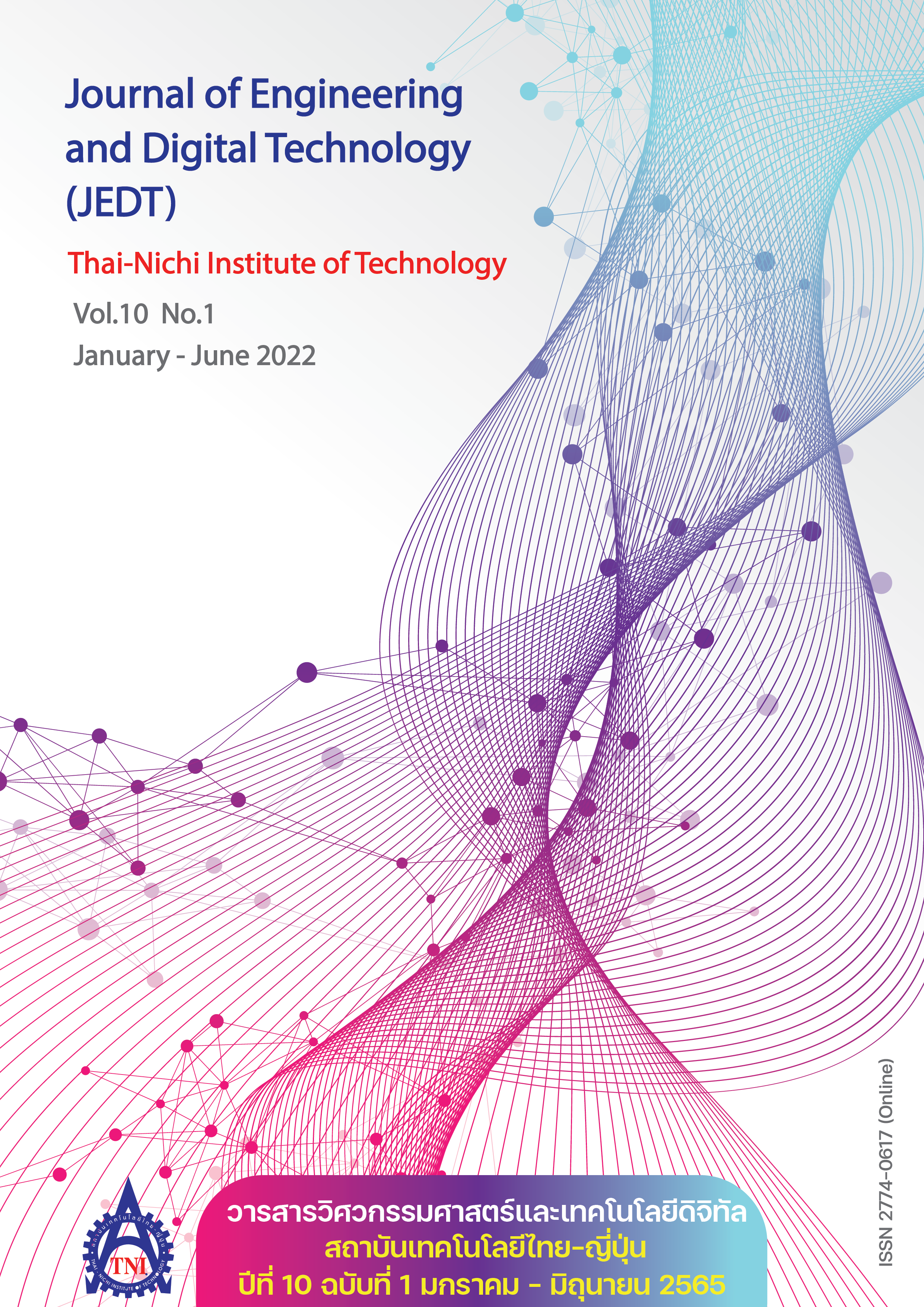Sightseeing Guidance System to Maximize Satisfaction Using Real-Time Spot Information
Main Article Content
Abstract
This study proposes a personalized sightseeing planning system that optimizes travel routes to maximize tourist satisfaction considering cost and time constraints. The proposed mathematical model considers the places the tourist wants to visit, cost, and time available and recommends the optimal number of places that can be visited and the shortest routes to these places. The proposed system could successfully suggest local tourist spots that can be visited in the given time and budget. We believe that our study makes a significant contribution to the literature because travelers at present have to rely on information available from websites, guidebooks, social networking sites, or from family and friends to gather information of places they plan to visit. Such information may be brief or need not be up-to-date as real-time factors like weather, seasons, temperature, time of day, and crowding or recent attractions added may not be available. Further the model can be easily adopted by tourism industry worldwide, while the tourists receive reliable and accurate travel advise to enhance the travelling experience.
Article Details

This work is licensed under a Creative Commons Attribution-NonCommercial-NoDerivatives 4.0 International License.
Article Accepting Policy
The editorial board of Thai-Nichi Institute of Technology is pleased to receive articles from lecturers and experts in the fields of engineering and technology written in Thai or English. The academic work submitted for publication must not be published in any other publication before and must not be under consideration of other journal submissions. Therefore, those interested in participating in the dissemination of work and knowledge can submit their article to the editorial board for further submission to the screening committee to consider publishing in the journal. The articles that can be published include solely research articles. Interested persons can prepare their articles by reviewing recommendations for article authors.
Copyright infringement is solely the responsibility of the author(s) of the article. Articles that have been published must be screened and reviewed for quality from qualified experts approved by the editorial board.
The text that appears within each article published in this research journal is a personal opinion of each author, nothing related to Thai-Nichi Institute of Technology, and other faculty members in the institution in any way. Responsibilities and accuracy for the content of each article are owned by each author. If there is any mistake, each author will be responsible for his/her own article(s).
The editorial board reserves the right not to bring any content, views or comments of articles in the Journal of Thai-Nichi Institute of Technology to publish before receiving permission from the authorized author(s) in writing. The published work is the copyright of the Journal of Thai-Nichi Institute of Technology.
References
Y. Matsuda, “An optimal routing problem for sightseeing and its solution,” IEEJ Trans. Electron. Inf. Syst., vol. 124, no. 7, pp. 1507–1514, 2004.
M. Muroya, “The attractiveness of sightseeing areas in japan: An evaluation model,” Transport Policy Studies' Rev., vol. 1, no. 1, pp. 014–024, 1998.
M. Fujimoto, “Tourism informatics: - smart tourism toward tourism informatics - : Gamified participatory sensing for a sightseeing,” (in Japanese), IPSJ Magazine, vol. 62, no. 11, pp. e18–e24, 2021, doi: 10.20729/00213186.
T. Tsuchiya, H. Hirose, T. Miyosawa, H. Sawano, T. Yamada, and K. Koyanagi, “Information management platform model for local sightseeing and disaster prevention information,” IFAC-PapersOnLine, vol. 48, no. 1, pp. 667–668, 2015.
T. Hasuike, H. Katagiri, H. Tsubaki, and H. Tsudaadd, “Interactive multi-objective route planning for sightseeing on time-expanded networks under various conditions,” Procedia Comput. Sci., vol. 22, pp. 221–230, 2013.
P. Kourouthanassis, “Tourists responses to mobile augmented reality travel guides: The role of emotions on adoption behavior,” Pervasive Mob. Comput., vol. 18, pp. 71–87, 2015.
Brand Research Institute. “Prefecture Attractiveness Ranking (Regional Brand Survey 2021).” NEWS.TIIKI.jp. https://news.tiiki.jp/articles/4698 (accessed Mar. 23, 2022).
M. Bazargan, “A linear programming approach for aircraft boarding strategy,” Eur. J. Oper. Res., vol. 183, pp. 394–411, 2007.
T. Saito, “How to create an optimized model using a data analysis library,” Commun. Oper. Res. Soc. Japan, vol. 63, no. 12, pp. 784–790, 2018.
H. Niitsuma, “Efficient constraints for tour recommendation,” IPSJ Trans. on Databases (TOD), vol. 9, no. 2, pp. 34–45, 2016.
R. J. Wilson, Introduction to Graph Theory, 4th ed. London, U.K.: Pearson Education, 1996.
V. V. Vazirani, Approximation Algorithms. Heidelberg, Germany: Springer, 2001.


